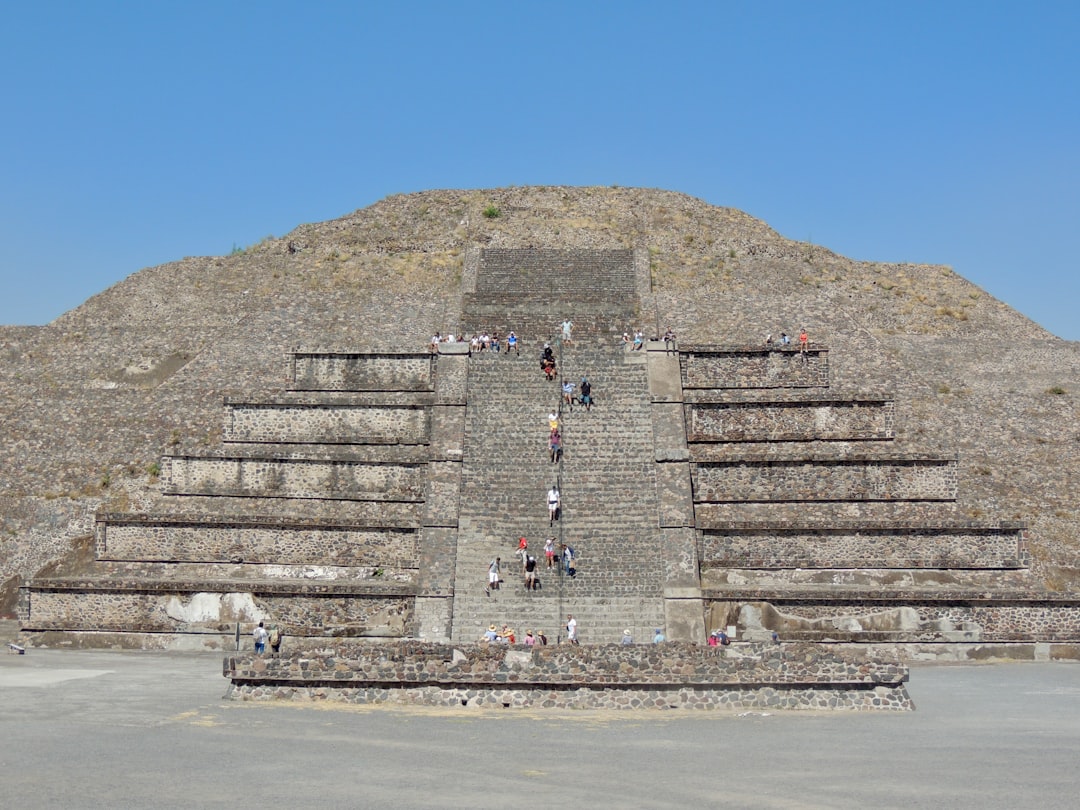What is it about?
In this study we examine the possibility to date stone tools directly by their residues. We set up an experiment using modern fabricated stone tools and ancient organic plant material to create residues. These residues were extracted and then radiocarbon dated. Significant is that with only 10.5 microgram wooden residue we achieved matching dates with the original ancient wood. Contamination could be avoided in the lab, but must be looked at in the real archaeological work.
Featured Image
Why is it important?
Looking into this direct dating option is important, because firstly stone tools may be dated independently from a stratigraphy or associated organic material and secondly it could also give a more accurate date of the time when the tool was used. This also means that in the future stone tools with sufficient residues from open sites may be dated.
Read the Original
This page is a summary of: AMS dating of ancient plant residues from experimental stone tools: a pilot study, Journal of Archaeological Science, September 2014, Elsevier,
DOI: 10.1016/j.jas.2013.02.016.
You can read the full text:
Contributors
The following have contributed to this page










